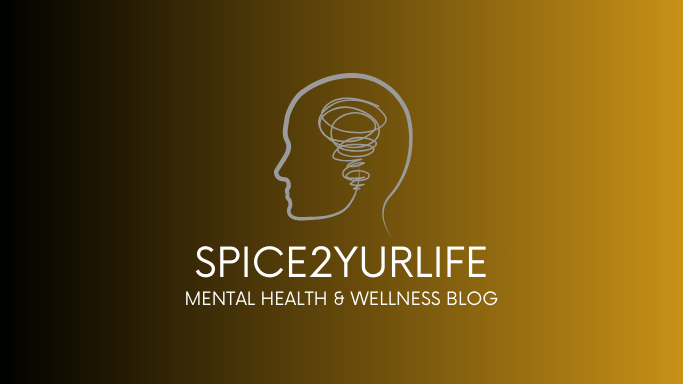Grief is a universal experience, but the way we navigate it is deeply personal. Whether caused by the loss of a loved one, the end of a relationship, or even significant life changes, grief has a way of touching us all. The renowned psychiatrist Elisabeth Kübler-Ross introduced the 5 Stages of Grief in her 1969 book On Death and Dying. While not everyone experiences these stages in the same order—or even all of them—they provide a helpful framework for understanding our emotions during challenging times.
1. Denial: "This can’t be happening."
Denial is often the first response to loss. It’s a defense mechanism that helps us numb the overwhelming reality of our situation. During this stage, we might avoid accepting the loss, pretend everything is normal, or feel disconnected from reality.
- What it looks like: Avoiding conversations about the loss, feeling emotionally detached, or acting as if nothing has changed.
- Why it happens: Denial gives our minds time to process the shock and begin adjusting to the new reality.
Tip: Allow yourself to feel confused or disoriented. This stage is your mind’s way of protecting you.
2. Anger: "Why is this happening to me?"
Anger often follows denial as we start to confront the reality of our loss. This anger may be directed at ourselves, others, or even the universe. It stems from the deep pain of feeling helpless or abandoned.
- What it looks like: Irritability, resentment, or even blaming others (justly or unjustly).
- Why it happens: Anger gives us a sense of control when everything else feels chaotic.
Tip: Find healthy ways to release your anger, such as journaling, exercising, or speaking with a trusted friend or therapist.
3. Bargaining: "If only…"
Bargaining involves dwelling on what we could have done differently to avoid the loss. It’s often accompanied by "what if" or "if only" thoughts, as we try to regain a sense of control.
- What it looks like: Making deals with a higher power, replaying scenarios in your head, or feeling regretful about past actions.
- Why it happens: Bargaining offers a temporary reprieve from the pain by focusing on hypothetical solutions.
Tip: Remind yourself that no amount of "what ifs" can change the past. Acknowledge your regrets, but don’t let them define your healing.
4. Depression: "What’s the point?"
Depression is often the most challenging stage of grief. It’s when the reality of the loss truly sinks in, leading to feelings of sadness, hopelessness, and withdrawal. This stage isn’t about weakness—it’s about allowing ourselves to feel the weight of our emotions.
- What it looks like: Crying, loss of energy, lack of interest in usual activities, or feeling isolated.
- Why it happens: Depression is a natural response to profound loss, as we grapple with its emotional depth.
Tip: Be gentle with yourself. Seek support from friends, loved ones, or mental health professionals if the sadness becomes overwhelming.
5. Acceptance: "I can move forward."
Acceptance doesn’t mean "getting over" the loss or forgetting it—it’s about finding a way to live with it. This stage is where we start to integrate the loss into our lives, rebuild, and find meaning again.
- What it looks like: Acknowledging the reality of the loss, making peace with your emotions, and beginning to plan for the future.
- Why it happens: Acceptance allows us to move forward, not by erasing the pain but by learning to carry it differently.
Tip: Celebrate small victories in your healing journey. Acceptance is not a final destination, but a step toward resilience.
Grief Is Not Linear
It’s important to remember that grief isn’t a checklist. You may move back and forth between stages, skip some entirely, or revisit certain stages over time. This is normal. Each person’s grieving process is unique, shaped by their circumstances, support system, and coping mechanisms.
Coping With Grief
Here are some ways to nurture yourself through grief:
- Seek support: Share your feelings with trusted friends, family, or support groups.
- Practice self-care: Rest, eat well, and engage in gentle activities that bring you comfort.
- Consider professional help: Therapists and counselors can provide guidance tailored to your needs.
- Honor your loss: Create rituals or memorials to celebrate the person or thing you’ve lost.
Healing at Your Own Pace
Grief is a complex process, but it’s also a testament to the love and connections we share in life. By understanding the 5 stages of grief, we can give ourselves grace as we navigate the path toward healing. Remember, it’s okay to take one day—or one moment—at a time.
If you’re struggling with grief, know that help is available. You’re not alone in this journey. Reach out to those who care about you, and when in doubt, seek professional guidance to support your healing process.
Let’s continue the conversation. How have you coped with grief in your life? Share your experiences in the comments below.







No comments:
Post a Comment